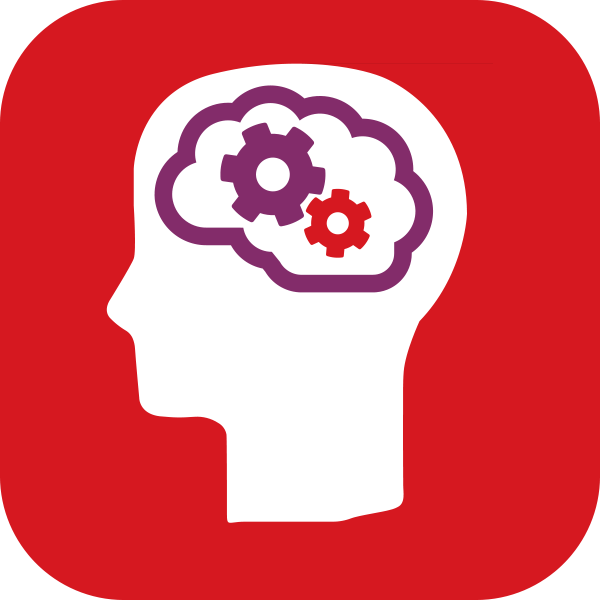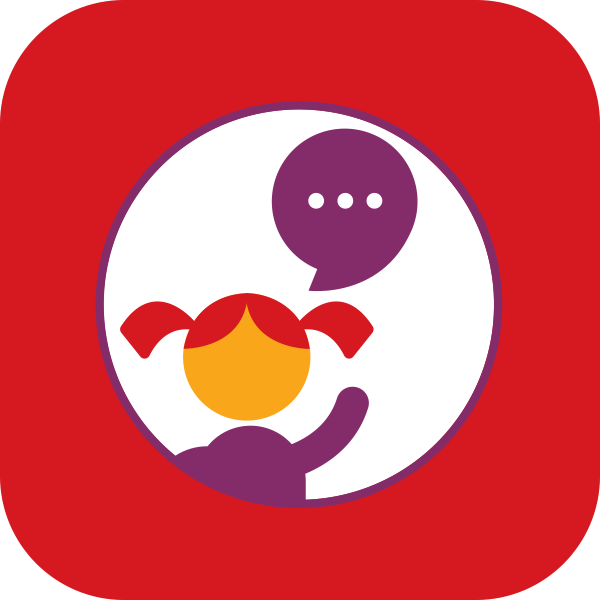How can primary schools accurately assess children who don’t have well-developed English language or literacy skills? Eiven Shanahan explains how his school in the Dublin suburbs changed its assessment model so it could uncover its pupils’ hidden talents
Over the past five or six years, the intake at Scoil Bhríde Buachaillí in Blanchardstown, a north Dublin boys’ primary school, has risen from 200 to 350 and changed from being overwhelmingly Irish to a cosmopolitan mix of more than 50 nationalities – 85% of children at Scoil Bhríde have English as an additional language.
This presented a problem when it came to accurate assessment, says Eiven Shanahan, the school’s Deputy Principal. “How could we accurately measure a child’s abilities if they didn’t have the English-language skills to take the assessments?” he says. “We needed something that was capable of identifying the boys’ real abilities.”
That’s when Eiven turned to GL Assessment’s Cognitive Abilities Test (CAT4) for help. “CAT4 was exactly what we needed because it was able to identify the abilities that other curriculum-based assessments could not,” Eiven explains. “As CAT4 tests four areas – verbal, non-verbal, quantitative and spatial capabilities – it’s excellent at uncovering both learning challenges and potential across the whole ability range.”
Suitable for all abilities
It’s not only EAL pupils whose hidden abilities can be uncovered, says Eiven. “Assessing spatial ability, for instance, is not possible with literacy-only assessments. A high spatial score can indicate that a pupil may perform better in STEM subjects than in those that rely heavily on verbal reasoning skills.”
The school has found CAT4 to be particularly useful in assessing children with special educational needs. “It is important for SEN children because it can often detect ability that isn’t always apparent.” The information provided by CAT4 “can really inform the challenges you can place on a child.”
Eiven says it’s equally good at identifying gifted or exceptional pupils. “CAT4 assessments in First Class will inform our referrals to the Centre for Talented Youth, Ireland (CTYI).”
Pinpointing discrepancies
The school assesses pupils with CAT4 twice during their time at the school, usually in October or November. “Children take it initially in First Class and then again in Fifth Class four years later,” says Eiven. “And it gives us a pretty accurate picture of where a child is at when they take the test.
“We compare the two assessments to look for any discrepancies. But in all the years we’ve been doing them, only very rarely do we see any significant difference – 15 standardised points, or one standard deviation. My read from that is that CAT4 is a very accurate assessment.”
The school also cross-references pupils’ CAT4 assessments with their Drumcondra results. “If there is a big discrepancy between the two, it immediately raises the question of why a child may be under or over performing and you can put in place interventions to address this,” says Eiven.
Reports are shared with teachers, parents and the board of management. “I initially do a group report and then sit down with the teacher to go through each individual report. We can see who is working to the best of their ability, who is struggling and who may be coasting – the reports are really informative.” The board of management also uses the results to see how the school is performing in relation to others.
Speech and language
Scoil Bhríde Buachaillí widely uses GL Assessment’s WellComm, their speech and language toolkit. “It’s not always clear if a child has an English-language problem, a speech and language difficulty or has another educational need. The lines are very easily blurred. That’s where WellComm comes in,” explains Eiven.
“We needed a speech and language screener that was appropriate for five and six-year-olds and WellComm fitted the bill perfectly. It’s incredibly easy to use – you don’t have to be a specialist to administer it. It only takes a short time and, as it comes complete with teaching aids in the form of The Big Book of Ideas, there is ready-made intervention material for the teacher to use.”
Eiven says that in a class of 20, approximately half will be screened using WellComm. “It’s really useful. As the wait to see a speech and language therapist is horrendously long – upwards of 12-18 months – WellComm allows us to put in the support immediately which will inform classroom teaching.”
Cross-referencing data
The school also uses WellComm in combination with CAT4 “to get a more rounded picture” of the children. “We cross-reference all the assessments we carry out, because the data can illuminate any potential problems or highlight anomalies. Teachers find them a really useful complement to their classroom practice.”
CAT4 is carried out digitally, rather than on paper. “The children find assessments on laptops or iPads immediately accessible, and they are very easy for the staff. Once you press ‘send’, all the donkey work is done – the reports are ready immediately for use.” Eiven only has one word of warning: “Whatever you do, don’t forget to check that the tech is working. There is nothing worse than having a whole class take an assessment on old lap-tops or to discover that the WiFi isn’t working. That can be very frustrating!”
Eiven is evangelical about how primary schools can use robust and standardised assessment to support their teachers and pupils. He thinks it can be a huge resource and, as he points out, the beauty of having several years’ worth of longitudinal data “means you can look back at any time over the years to see what is going on with individual pupils throughout their time at the school”.



